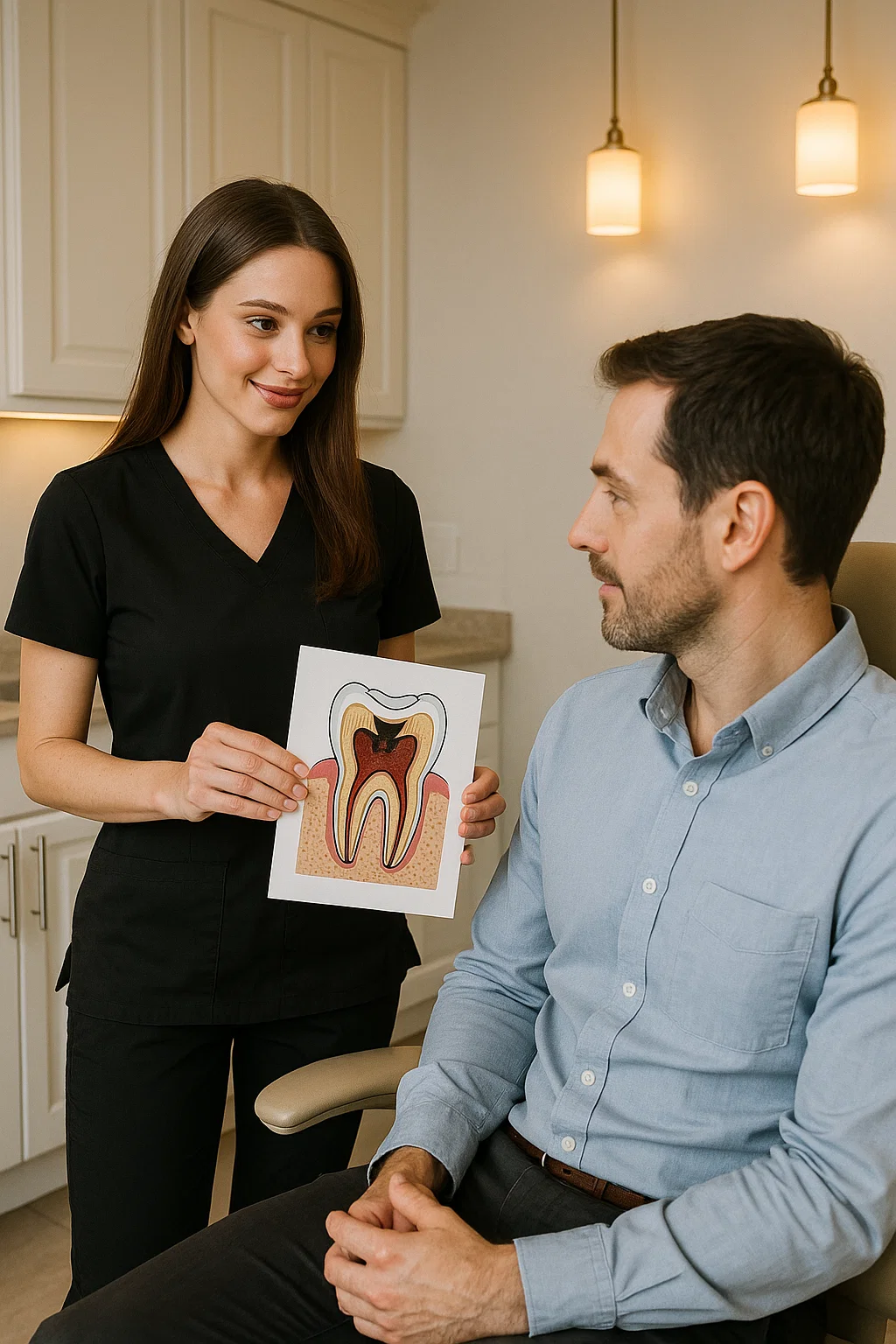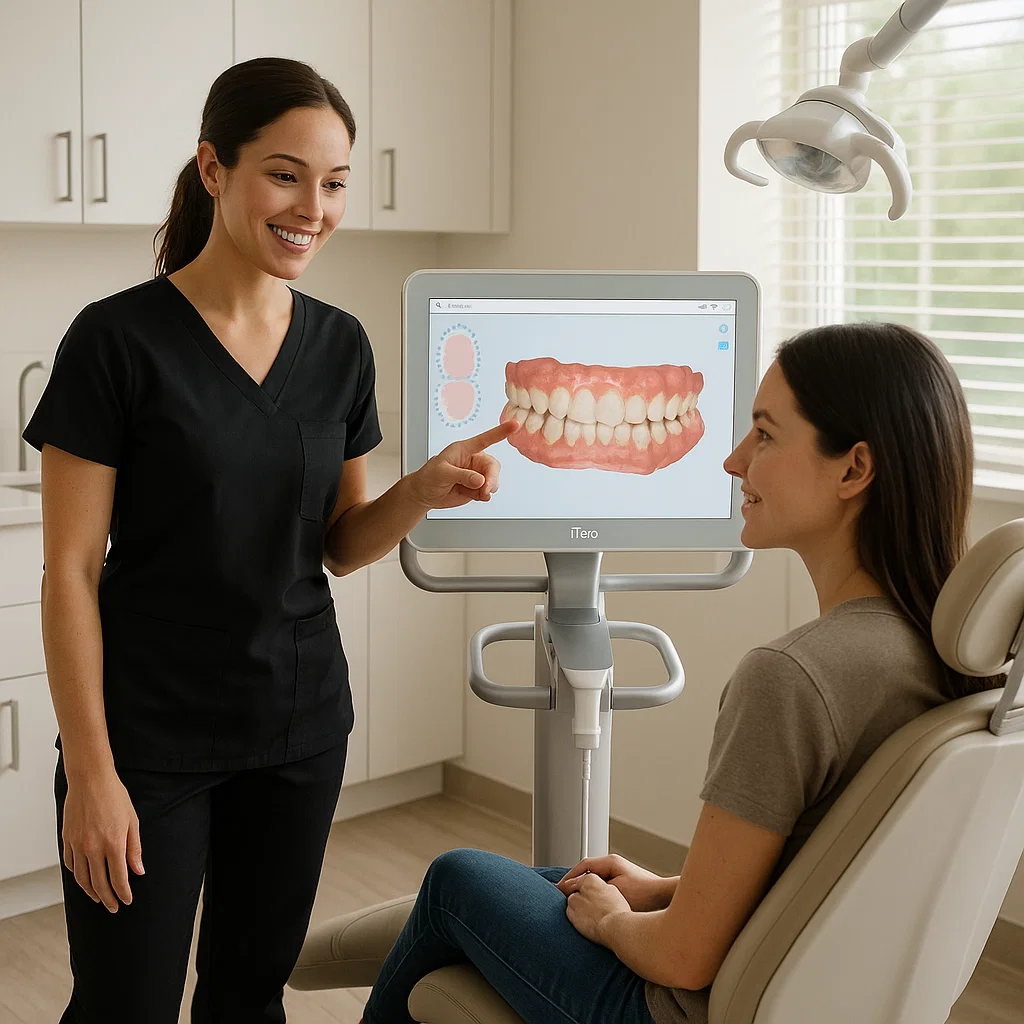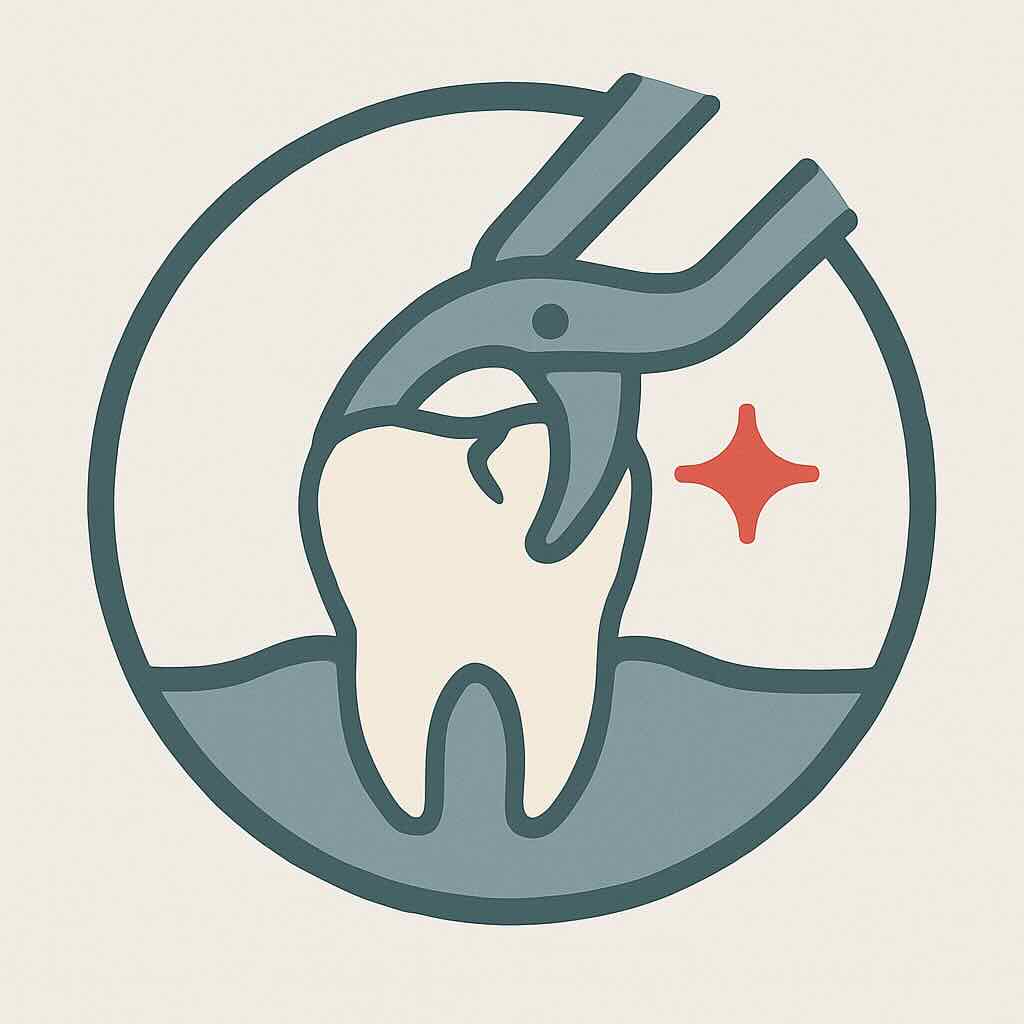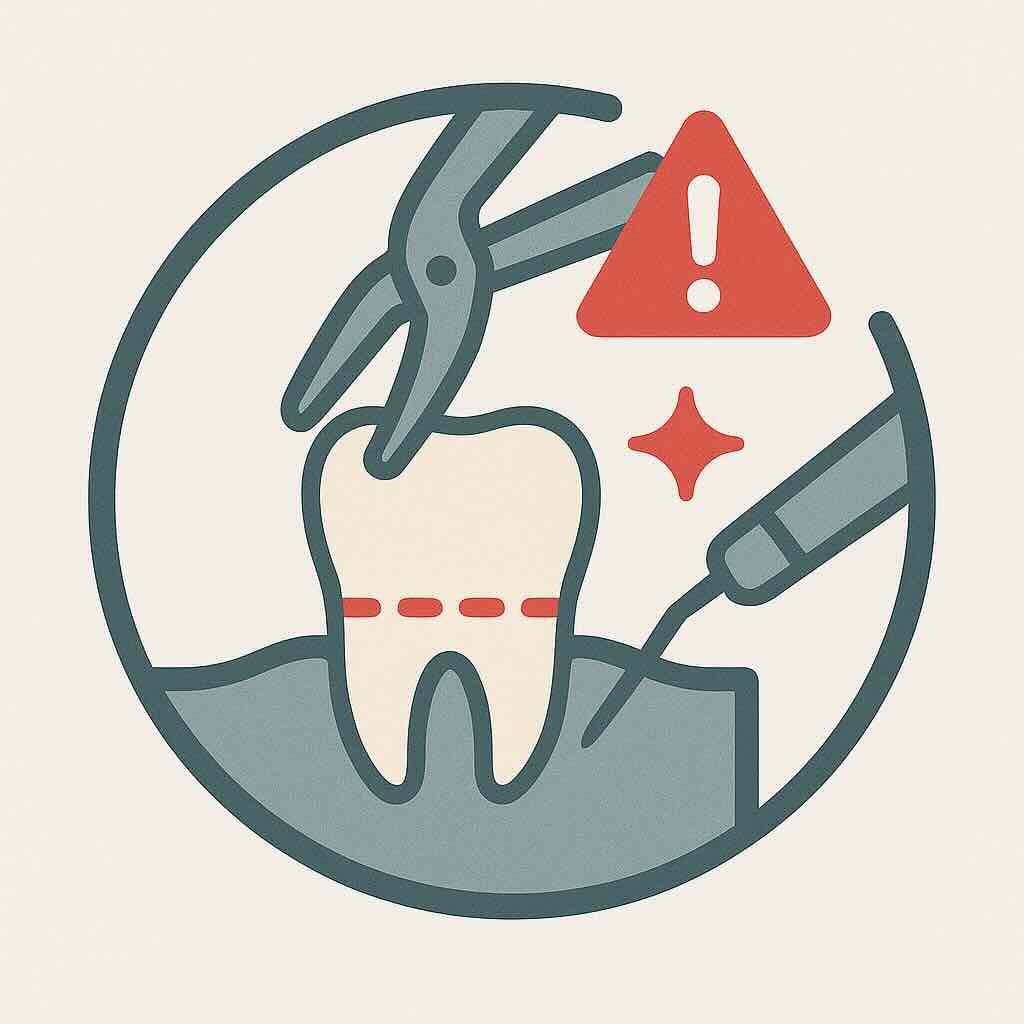Sometimes a tooth can’t be saved — but the way it’s removed makes all the difference.
At KYT Dental Services, we perform extractions with precision and care, whether it’s a straightforward removal or a more complex surgical case.


Removing a tooth isn’t just about pulling it out — it’s about protecting your future smile. A proper extraction:




✨ Local anesthetic for a painless procedure
✨ Tooth loosened and removed with gentle instruments
✨ Quick healing with minimal discomfort
✨ Often used for smaller teeth or teeth without complications
Bottom Line: Simple extractions are straightforward, fast, and usually heal quickly.

⚠️ Required when teeth are partially erupted, fractured, or under the gums
⚠️ Small incision may be made to access tooth or roots
⚠️ May involve sectioning the tooth into pieces for easier removal
⚠️ Slightly longer healing time compared to simple extractions
Bottom Line: Surgical extractions handle complex cases safely, preventing complications and protecting surrounding bone and tissue.
Simple Extraction:
Surgical Extraction:





